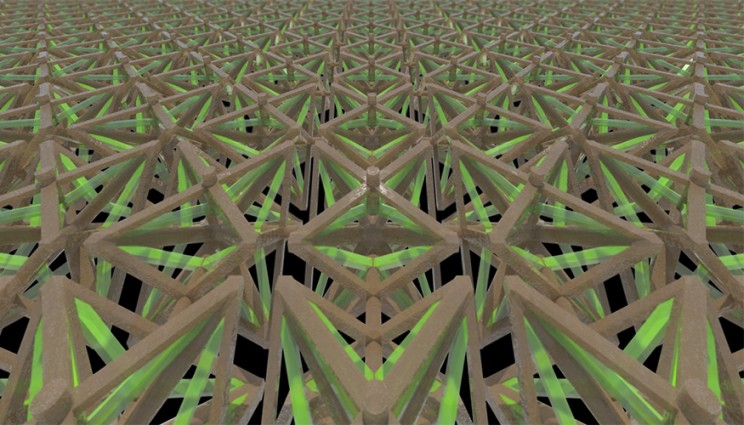Making an invisible, silent, and heat-proof cylinder—for science
Ars Technica » Scientific Method 2017-01-21

Enlarge / A 3D printed metamaterial. (credit: Lawrence Livermore National Lab)
It has been a long time since I've been grabbed by a metamaterial. For those of you who don't know or remember what metamaterials are, they are the things that make invisibility cloaks work. Unfortunately, I got tired of writing about incrementally better invisibility cloaks and stopped paying attention.
So it was with a glorious sense of anticipation that I attended the opening talk at the Physics@FOM 2017 conference. Martin Wegener, who delivered it, hails from Karlsruhe Institute of Technology in Germany. Wegener has quite a reputation in the field of optics, but for this talk, he took a kind of scattered approach to show how the ideas behind metamaterials apply everywhere and can be used to design entirely new functions into simple materials—materials that may find their way into almost every aspect of your life one day.
What are metamaterials?
A metamaterial is both a very simple and a very complex object to describe. The simple level is very simple: mix two materials to obtain a new material with distinct properties. But, to borrow Wegener's analogy, imagine that we take two materials, one very dense, like lead, and the other less dense, like air. I can mix the two by drilling holes in a bar of lead. At the end of the process, the density of my new material lies somewhere between the density of air and lead. But, with a metamaterial, this combination can result in strange properties—the equivalent of a density that is larger than that of lead or less than that of air.